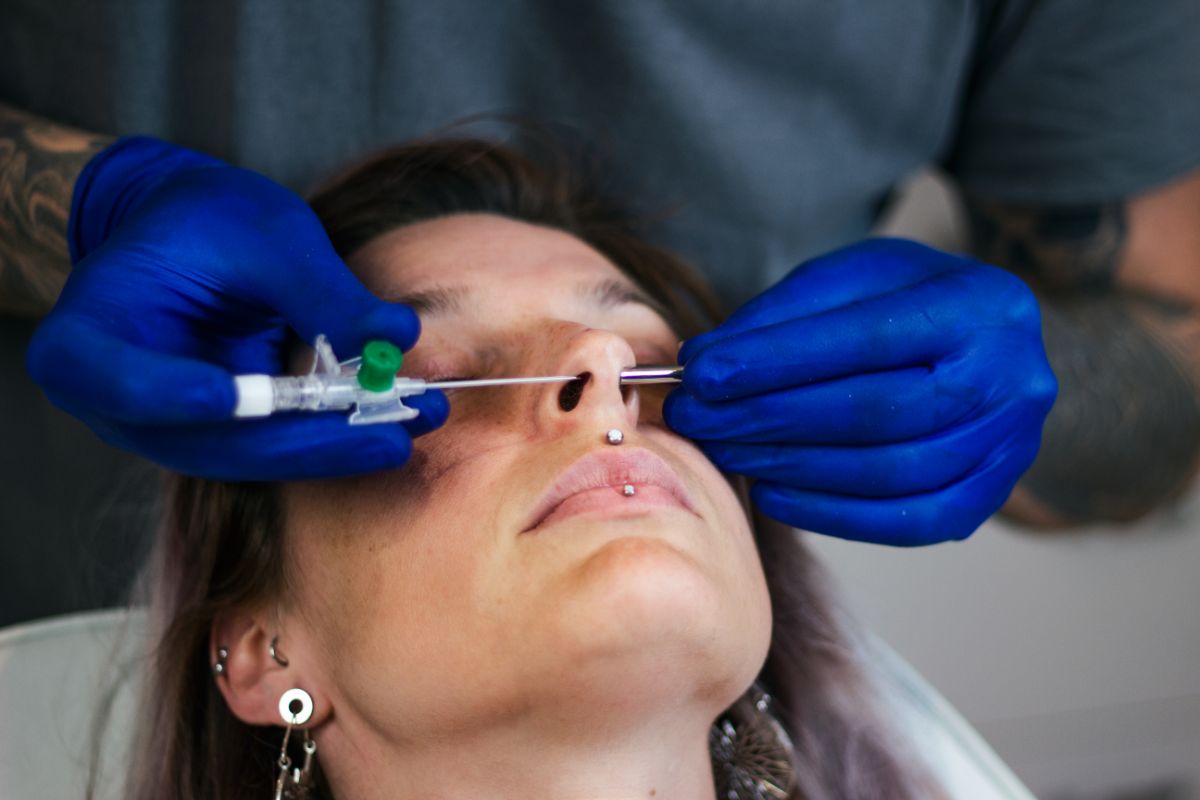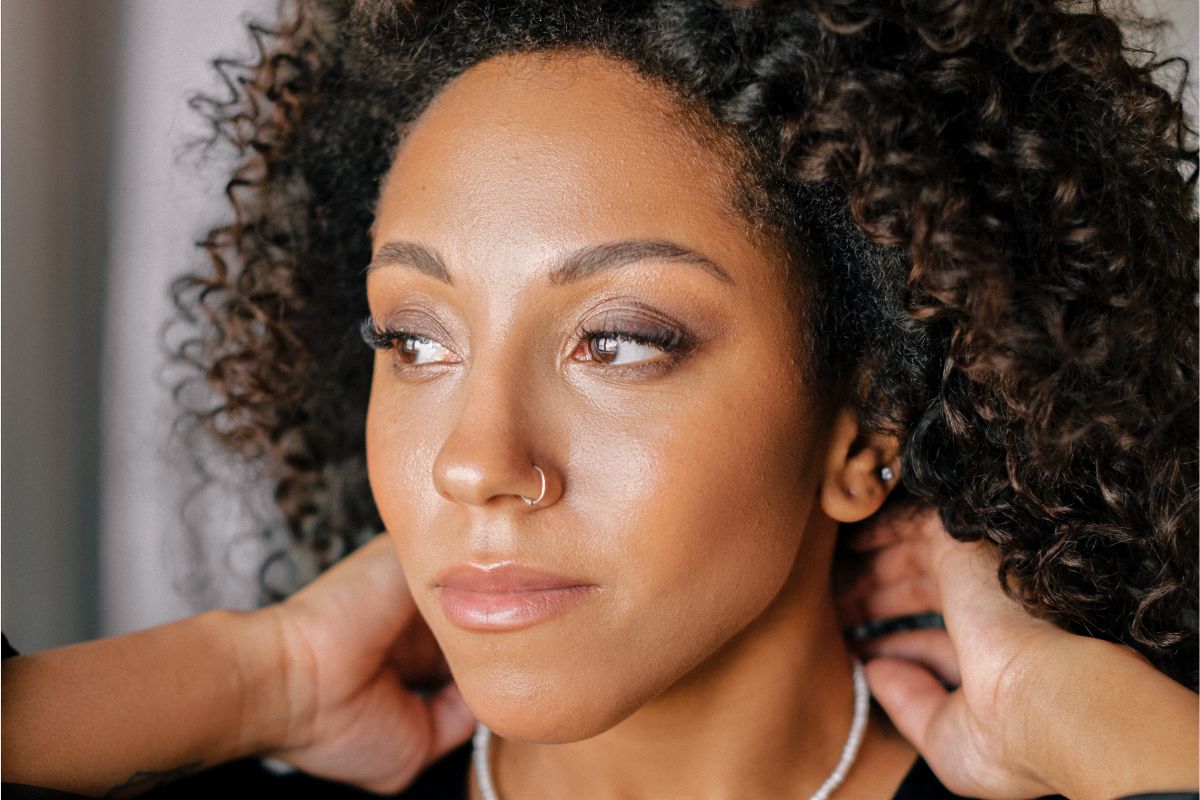Navel piercings have long been a part of human history. Records of navel piercings stretch back to the ancient Egyptians and are known to be part of ancient Hindu culture as well. They were originally used as symbols of sexuality.
If you're excited about getting a navel piercing, you should know that this type of piercing requires a lot of commitment and care. Another truth of navel piercings is that, unfortunately, not everyone can get navel piercings done due to differences in anatomy. A licensed piercer can tell you whether navel piercing is an option for you.
If you know you’re eligible and need tips on caring for your navel piercing, you’re in the right place.
Pain Level and Healing Time
The first question most people want answered is: How much does a navel piercing hurt? Actually, it's painless. However, because the site of the piercing means that the needle has to go through layers of tissue, a navel piercing takes a minimum of six to nine months to heal completely, and that’s with diligent care. In some cases, it may take up to a year to heal.

Risk of Infection
Because navel piercings take so much longer to heal, they come with an increased risk of infection. And even after that six months to a year has passed, it’s important to take extra care with a navel piercing, because pants and belts can irritate and even rip it — so the risk of infection is always something to keep in mind.
Indication of Infection
With the new piercing, it's normal to have redness, swelling, or discoloration around the site of the piercing, along with clear discharge. Anything beyond these aftereffects can be a sign of a larger problem, including bacterial infection and allergies.
Bacterial Infections
Piercings are prone to infections as they heal because a piercing site is always open to harmful bacteria and dirt. The symptoms of infection include severe redness, swelling, and rash, with the discharge of different colors, including gray, brown, and green. More severe bacterial infections from an improperly cared-for piercing may lead to fever, dizziness, stomachaches, and vomiting.
Allergic Reactions from Metal
With or without embellishments, jewels can make a navel piercing more attractive, but they can also lead to allergic reactions. (Some people experience allergic reactions to nickel, for example.) The signs of an allergic reaction include:
- The piercing growing larger
- Tenderness at the site
- Itching, inflammation, or rash

Because a navel piercing is completely exposed, there are a few best practices to follow during the piercing’s healing period. Here are some key preventative measures to avoid infections:
1. Avoid Pressure
It’s easily overlooked, but it’s important to avoid putting any kind of pressure on a navel piercing, especially while it’s healing. Be sure to wear loose clothing and practice sitting up straight (it’s better for your posture anyway) so the jewelry doesn't press into the skin and aggravate the piercing.
2. Avoid Certain Activities
When the piercing is in the healing phase, try to avoid swimming or bathing outdoors, intense exercise, or contact sports.
3. Practice Self-Care
To encourage faster healing and avoid infection, focus on self-care. Get plenty of sleep, eat a balanced diet, and focus on making your workouts smart rather than hard. Avoid alcohol and cigarettes.
4. Jewelry
Talk to a licensed professional piercer to help you choose the best metal for your navel piercing and your skin. Titanium, 14-karat gold, or platinum are generally safe options.
Treatment
Proper piercing treatment is essential to prevent infections. Before using any kind of cleaning solution, always wash your hands thoroughly with soap and water. Then, apply the cleaning solution of your choice with a cotton swab. (Saline is a good choice.) Clean the piercing at least twice a day.
When to See a Doctor
Even with good care, infections can happen. If your piercing develops an infection that gets worse, even with regular cleaning, we recommend seeing your doctor. If you experience more severe signs of infection like fever, upset stomach, or vomiting, seek medical attention immediately.





